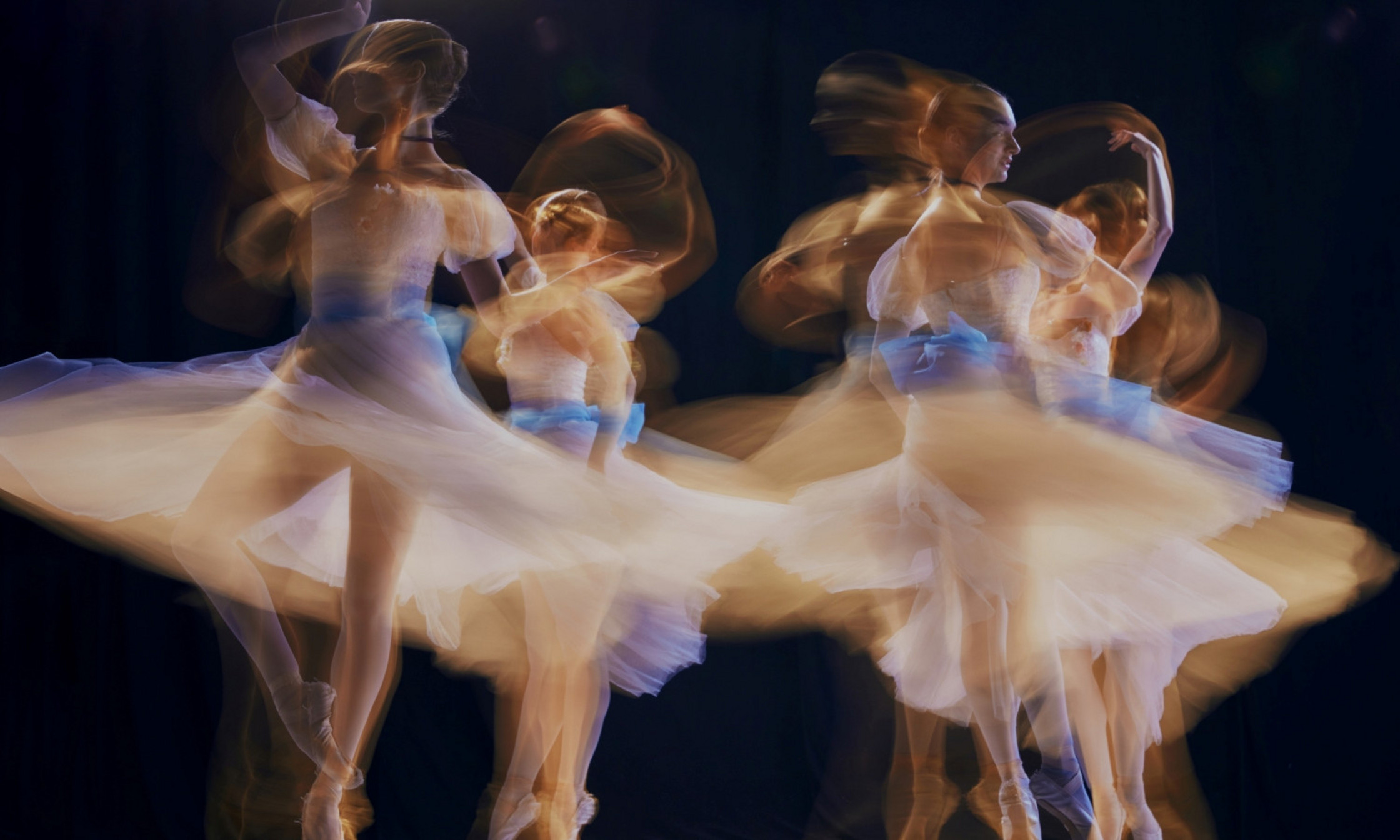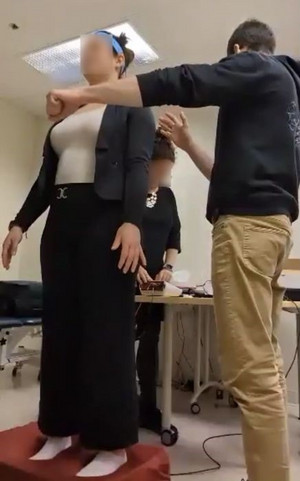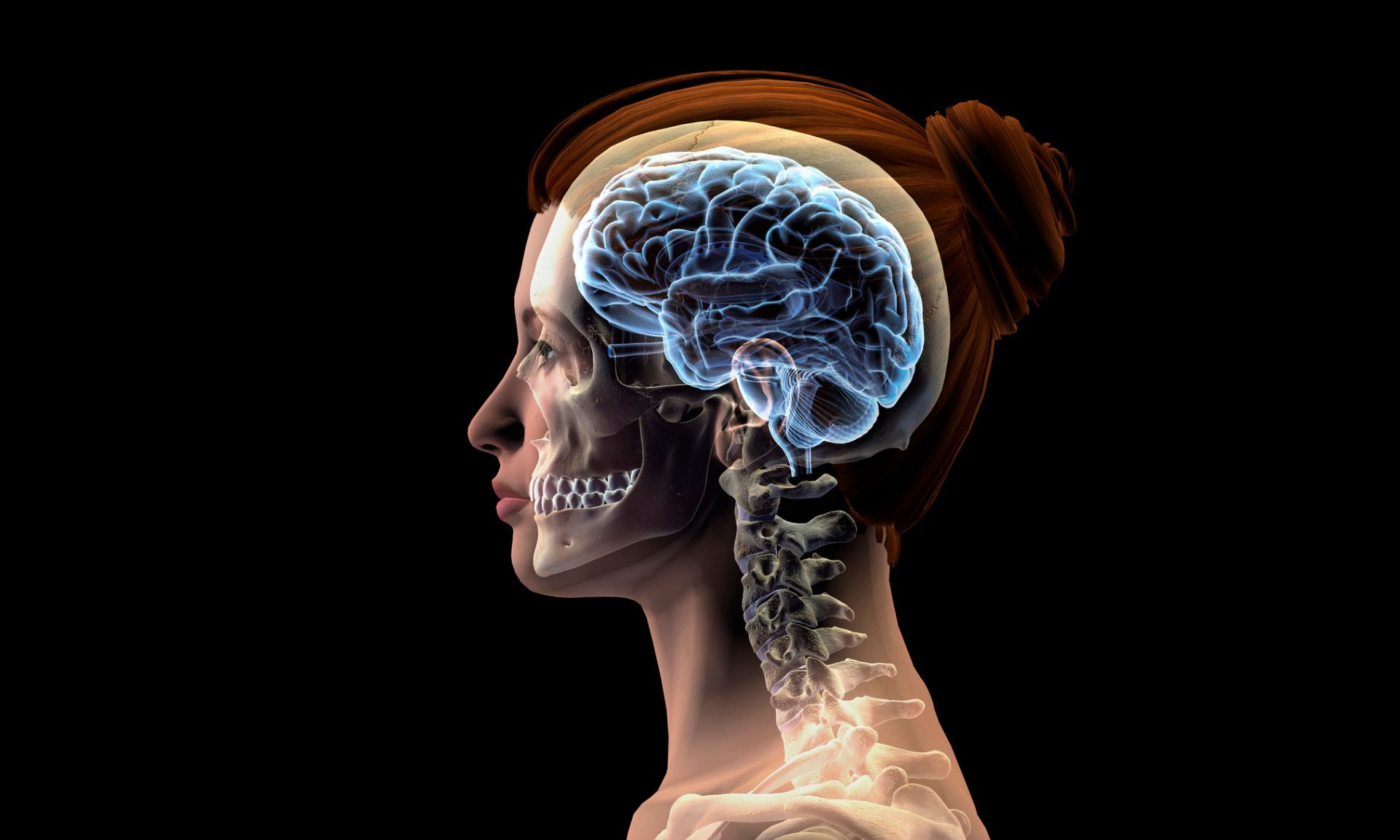Vertigo-free pirouettes: it’s all in the dancer’s head

How can a dancer perform one pirouette after another without swaying or feeling dizzy?
The prevailing scientific theory holds that experienced dancers develop the ability to suppress vestibular signalling—in other words, they can block signals from the part of the inner ear responsible for detecting head movement and maintaining balance.
But is that really the case?
Karina Moïn-Darbari, a PhD candidate in Université de Montréal’s School of Speech-Language Pathology and Audiology, decided to put it to the test in her doctoral project, supervised by professor François Champoux and co-supervised by professor Maxime Maheu.
Her findings were published this spring in the journal NeuroReport.
38 women studied

Moïn-Darbari and her team recruited 38 women for the study: 19 experienced dancers who'd trained on average 12 hours a week for over 16 years, and a control group of 19 non-dancers.
To assess postural control, the researchers used a force platform, a device similar to an electronic scale that measures body movements. Participants were tested under four conditions: eyes open, eyes closed, on stable surfaces and on unstable ones.
What set this study apart was the use of galvanic vestibular stimulation (GVS), a technique that delivers low-level electrical currents to the mastoids (bones behind the ears) to artificially stimulate the vestibular system and induce a swaying sensation.
The technique replicates what it's like to be on a moving boat, for example.
Without GVS, the dancers showed better postural control than the control group, particularly when standing on an unstable surface with their eyes open. Their sway area was significantly smaller, an indication of superior balance.
Under GVS, however, the dancers lost their edge and their sway areas became comparable, contradicting the hypothesis that dancers can suppress vestibular signals.
“It seems the mechanisms behind dancers’ exceptional balance are more complex than initially thought,” Moïn-Darbari observed. “The fact that there was no difference between the groups under GVS suggests dancers cannot simply deactivate their vestibular system at will.”
Anticipating the spin

Analysis of the results pointed towards a different explanation: the critical distinction may lie in whether movement is active or passive.
“When dancers perform pirouettes, they generate the movement themselves, which lets their nervous system anticipate and compensate for the sensory disturbance,” Moïn-Darbari explained.
This ability to anticipate is based on what neuroscientists call “top-down modulation”: the brain can predict the sensory consequences of voluntary movement and adjust the signals sent to the areas responsible for balance and vertigo perception.
“On the other hand, with GVS, the disturbance comes from outside and is unpredictable,” Moïn-Darbari said. “Under these conditions, the nervous system can’t anticipate or modulate its response, which explains why the dancers were affected as much as the non-dancers.”
The brain reorganizes itself

Brain imaging studies have revealed that dance training induces measurable structural changes in the anterior cerebellar vermis, a brain region thought to play a key role in modulating vestibular signals during voluntary movement.
“These anatomical changes reflect brain plasticity, the brain’s ability to reorganize itself in response to experience and training,” Moïn-Darbari said. “People who practice dance for years develop a more precise internal map of their bodies, enabling them to optimize their motor and postural control.”
Brain plasticity could therefore explain why experienced dancers excel when they actively control their movements but have no special advantage when subjected to external disturbances. Their expertise comes into play specifically when they make self-generated movements.
By improving our understanding of the mechanisms of postural control, the new research could help determine the most appropriate preventive interventions in the case of falls, a major public health concern (among elderly people, they are the leading cause of accidental death), the researchers say.
“Identifying two distinct neurological pathways—one for active movement and one for passive disturbances—opens the door to differentiated therapeutic approaches,” said Moïn-Darbari. “Rehabilitation programs could be designed according to each patient’s specific deficits, thereby increasing their effectiveness.
"Our study also highlights the importance of active training in developing postural control. Interventions based on voluntary, controlled movements could prove more effective than passive approaches in improving balance and preventing falls.”



